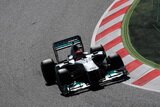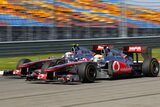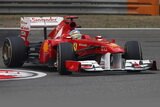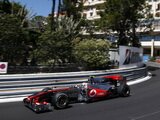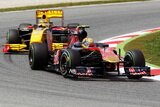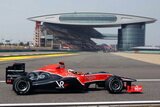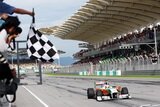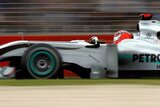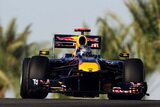At the same time, rookies get a break under revisions to the strict rules that limit testing. Those who have not raced a Formula One car in the preceding two years or tested a car for more than four days in that period, will get the chance to familiarise themselves in ‘young driver training days which fall outside the main testing limitations.
There are several critical changes on the technical front, too, the most significant of which is that all teams must use a standard electronic control unit (ECU). Thus the FIA have succeeded in banning electronic driver aids such as traction control or engine braking assistance, which means that drivers will have more influence over their cars in tricky conditions and will have to look after their rear tyres themselves rather than relying on technology. It should also enhance the racing as driving errors may be more common.
There are further restrictions on parts that teams are allowed to develop under the current engine freeze, which will help to switch development programmes towards the Kinetic Energy Recovery Systems (KERS) that will come into effect in 2009 under the FIAs long-term plan to make the sport more eco-relevant. Hand-in-hand with this, teams must use fuels which have a minimum of 5.75 per cent content from biological sources. And now that the two-race engine rule has led to such remarkable reliability across the board, teams will be allowed to go unpenalised on their first engine change of the season. This is intended to ensure that a minor glitch doesnt compromise a championship campaign. All subsequent engine failures will receive the usual 10 grid-place penalty. Gearboxes are also being ‘lifed by the FIA; units must now last four races (calculated as the Saturday and Sunday of a Grand Prix), and failures here will result in five grid places being lost.
There are fresh limitations too on materials that may be used in the cars construction, to eliminate high expenditure on exotic stuff, and as a further cost-cutting measure spare cars are also banned. Teams may now rely on only two cars at a race.
Finally, and of particular relevance to the Australian Grand Prix because of the nasty accident last year in which David Coulthards Red Bull slid across the cockpit of Alex Wurzs Williams, all cars now have the sides of their cockpits raised 20 mm and lengthened in order to improve drivers head protection.
Comments:




